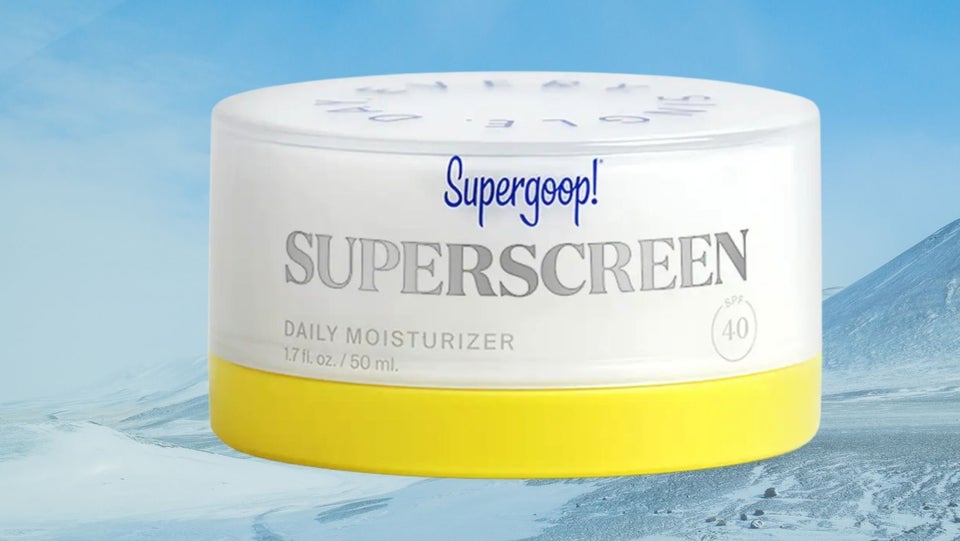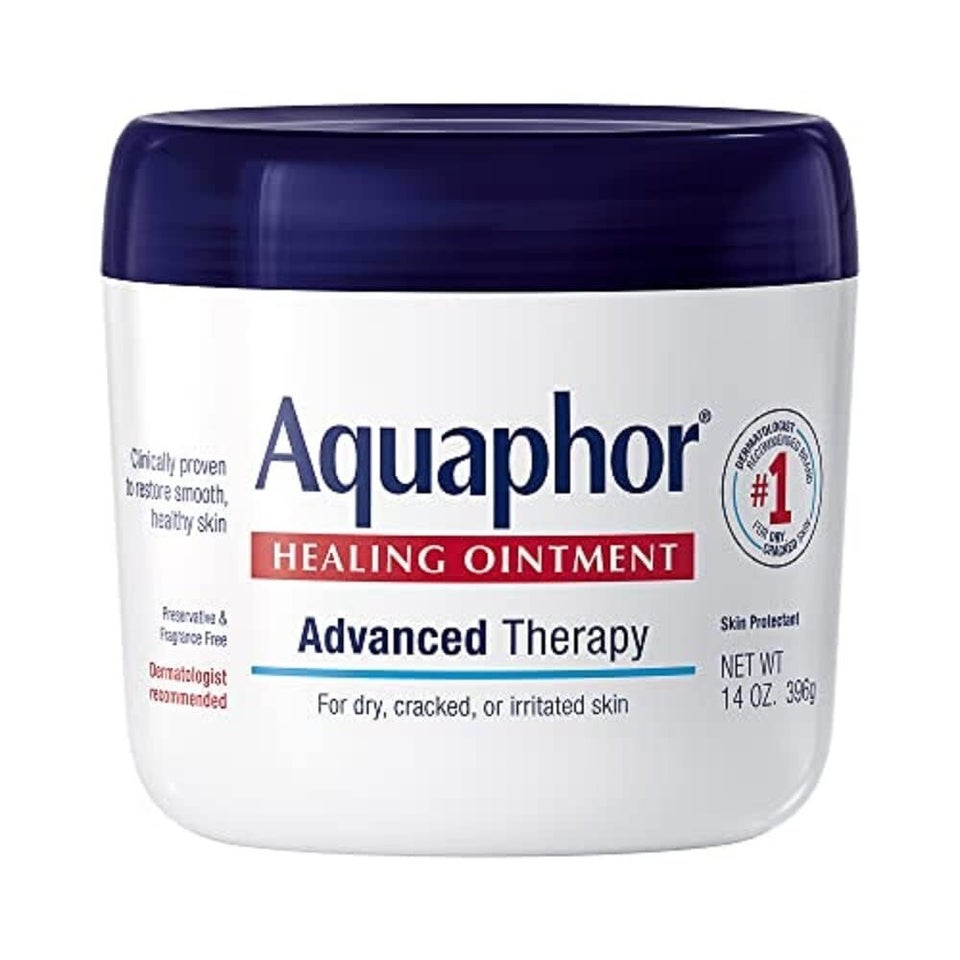
I’m one of those people who love spending a day engaged in some kind of outdoor physical activity, even when it’s cold and windy. I’m extremely cognizant of applying sunscreen and try to take care of my (aging) body and muscles as much as possible. But inevitably, I always suffer from a few bouts of painful windburn during the winter.
If you’ve ever experienced windburn, you’re familiar with the stinging, burning sensation that can result from a fun-filled winter adventure (or sometimes just a walk to the store). When my skin is windburned — often on my face — it can develop a reddened appearance, taking the “rosy winter cheeks” thing to the extreme. It’s not a look I’m very fond of.
For about a day afterward, my skin also feels extremely dry, slightly warm and somewhat painful — not a sharp pain but an overall tenderness that I try to combat with moisturizer (which is usually moderately successful). Though there have been times when the burning sensation has been pretty intense, most often I’d liken it to what a mild sunburn feels like.
According to the experts I talked to, windburn is pretty common. As little as 15 minutes of exposure can lead to the condition, said Dr. Adam Friedman, a professor and the chair of dermatology at the George Washington University School of Medicine & Health Sciences. It turns out that skin, especially on the face, is quite tender.
To learn more, I talked to dermatologists about what windburn actually is, what makes it so painful and — because most of us can’t just stay inside all winter — how to prevent it.
What Is Windburn, Anyway?
“Windburn is an injury to the skin barrier which causes the top layer of your skin, called the stratum corneum, to dry out,” Friedman said.
As wind hits the skin, it pulls out water via convection, he said. That’s why you’re more likely to end up with windburn after skiing, snowboarding or cycling outdoors — all activities that increase wind resistance. Though the stratum corneum only needs a small amount of water to function, losing it may disrupt the process of skin cell turnover. This is why windburn can happen so quickly.
“Our skin is constantly kicking dead cells to the curb and bringing in new ones. And when that turning-over process ceases, the skin becomes rigid. It holds on to dead cells that should be getting the boot, then starts to crack,” Friedman said.
While any part of the body can get windburn, people most often experience it on the face. “The skin on your face is more sensitive because it’s thinner,” said dermatologist Dr. Rajani Katta, an author and a member of the volunteer clinical faculties at Houston’s Baylor College of Medicine and McGovern Medical School.
A second element of windburn has to do with cold hitting the skin, which causes blood vessels to dilate. According to Friedman, this is what produces the burning sensation we associate with windburn, as well as that dreaded red appearance.
How Is Windburn Related To Sunburn?
My windburns often feel similar to sunburns. While Friedman didn’t quite agree with the suggestion that windburn is simply sunburn during the colder months, he did point out that skin is more sensitive to sun exposure when it isn’t “turning over correctly.” So if the skin is already inflamed because of windburn, it’ll be more susceptible to sunburn, and vice versa.
“Sunburn can influence the skin’s ability to get windburned because when you have a sunburn, the skin doesn’t function correctly. The skin is already dried out,” Friedman said. “So I think they play off one another, but I don’t think they’re analogous. I think UV [ultraviolet] radiation can make it easier to get windburn, but then windburn can make it easier to get sunburn.”
What Can Be Done To Prevent Windburn?
How long it takes a particular person to get windburned depends on a variety of factors, including the location on the body and underlying skin diseases like eczema, according to both Katta and Friedman.
Though higher humidity in the air makes windburn a little less likely, just the act of the wind hitting your skin will cause it to lose water. That’s why covering up is one of the most important ways to prevent it, Friedman said.
Another method of prevention is to “strengthen your skin barrier by using gentle soaps and trying not to stand under a hot shower for more than 10 to 15 minutes, which can strip moisture from your skin,” Katta advised.
“You also want to be careful about the products that you’re using. For example, retinoids in some anti-aging products can increase the turnover of your skin barriers, which can end up damaging it. Acne medications that dry out your skin can also weaken the skin barrier,” she added.
But according to both Friedman and Katta, the best form of prevention is physical protection in the way of masks, hats and gloves. “When skiing, snowboarding or something similar, you really need to add a physical barrier for protection, like a balaclava,” Katta said.
“Moisturizers offer some protection in the sense that they’re a barrier between you and the outside world,” said Friedman. But if you’re going to be out in the wind and cold for an extended period of time, cover your face and hands.
How To Moisturize Windburned Skin
If you’re experiencing windburn-related pain to the point that anything you put on it stings, Katta recommended “dampening your skin before applying moisturizer on top.”
Not all moisturizers are created equal, though. In general, thicker products work best.
“Ointments are gooey and thick and tend not to sting, whereas creams and lotions usually will because of what’s in them [like preservatives or hydroxy acids],” Friedman said. “If the inflammatory response and the irritation is severe enough, you may need a topical steroid like hydrocortisone 1%.” He suggested using any product designed specifically for treating eczema.
What If You’re Constantly Exposed To The Cold Every Day?
If you’re outside for days on end, perhaps doing something slightly crazy like trekking over a glacier, that’s obviously going to prolong the healing process or halt it altogether.
“You’ll start to get cracks in the skin. And when that happens, it predisposes you to skin infections, making you more prone to developing skin allergies,” Katta warned. “I’ve had patients who, after their skin gets really dry and cracked, develop an allergy to their lip balms. Once you break that skin barrier, your immune system is more exposed.”
“There’s a compounding effect because it’s not like there’s just one exposure; you have to keep going outside every single day,” Friedman said. “So every day the injury compounds. The hard part is that you should not just treat it as it comes, but be proactive to prevent it. You need to incorporate that into your routine.”
That’s sage advice for a lot of things in life. Thankfully, moisturizing more is a routine change most of us are equipped to implement.
“And one last thing,” Katta added. “Always protect your lips.”


